|
Yamazato is located on the ground floor of the Okura hotel in the south of Amsterdam. The restaurant is a surprisingly large venue that can seat 120 people at any one time, and was packed out even on the Sunday evening that I visited. The room looks out over a pretty garden and ornamental pond, with cherry trees just coming into bloom when I was there. The pond has koi carp, which proved to be of considerable interest to a black and white cat that happened to be passing. As well as the main dining room there is a dedicated sushi bar made from hinoki wood imported from Japan. The restaurant opened in 1971 and gained a Michelin star in 2002 which it has retained ever since. The format is kaiseki, the elaborate cuisine of Kyoto that originated from the Japanese tea ceremony. As well as the "omakase" option that I went for there were numerous menu options priced from €85 to €115, with assorted set meals available and a full à la carte selection too. The head chef is Masanori Tomikawa, who had worked in the restaurant since 1984 and in 2010 took over from Akira Oshima, who had been head chef since the opening. The vast kitchen employs no less than 26 chefs, every one of them from Japan (15 more work on the food for the sister teppan restaurant Sazanka). As you sit down you are given a hot towel, as is traditional in Japan; a civilised way to begin any meal. A trio of nibbles comprised duck, octopus and asparagus. Duck breast was served cold with sweet soy, garnished with aubergine and asparagus, the meat having excellent flavour. This was more exciting to me than lightly seared octopus with cod roe with a stock made from sake and garnished with sansho leaf. The octopus was quite tender, which even in Japan is far from guaranteed, though the cod roe seemed rather bland to me. I preferred white asparagus marinated with egg yolk and vinegar and garnished with Japanese mint. The seasonal asparagus had good flavour and the marinade was excellent, the vinegar nicely curating through the richness of the egg (15/20 average). A clear soup had a turnip "cake" consisting of a disc of turnip containing a central shrimp paste. The soup was garnished with strands of carrot, spinach, radish, Japanese seaweed, sansho and spring onion. This was a pleasant dish, but it is hard to make a turnip thrilling (14/20). Sashimi was more interesting, in this case squid, sea bream and tuna. The North Sea squid was fine although not in the league that can be found in Tokyo, but the tuna (caught off Malta) was silky and delicious. Best of all was the sea bream, imported from Japan. This can easily be chewy, but here was tender and delicious. The garnish was pink radish carved in the shape of a cherry blossom, and there was very good freshly grated wasabi, with the characteristic texture that distinguishes it from the various fresh wasabi substitutes (such as coloured horseradish from a tube) that most Japanese restaurants in Europe use (average 17/20, more for the bream). The next dish was sea bream (cooked this time) with tofu and mushroom wrapped in a cherry blossom leaf. On the side was lotus root marinated with vinegar, with a topping of rice popcorn and a sauce made from fish stock, sake and soy. This was a very successful dish, the fish having good flavour and the sauce complementing it very well (16/20). The next course was tempura. There was fried snow crab, soya bean, scallop, Japanese sweet pepper called shishito and a Japanese mountain vegetable with a slightly bitter taste. The batter was quite delicate, the scallop had particularly sweet flavour, the vegetables good but not having the vibrant flavours that those from Japan can have (15/20). There were now two courses of beef. Kagoshima grade A5 (the top Japanese classification) beef was grilled simply and had very good flavour indeed, the marbled fat having melted and delivering a lovely experience. Kagoshima beef is less well known than the most famous Japanese beef prefectures (Omi, Kobe and the costliest of all, Matsusaka) but is still very good indeed (16/20). This was seen again in the next course, where the beef was served with a foamy egg sauce, spring onion, assorted mushrooms including enoki, the slices of meat wrapped in noodles and flavoured with soy. The soy worked very well giving a little sweetness, the beef was very tender and the noodles were excellent (16/20). The end of the savoury course sequence in a kaiseki meal is traditionally marked by a rice course. Here this consisted of a miso soup flavoured with spring onion and mushroom, rice marinated with vinegar and topped with peas, omelette, yam, salmon roe, flying fish eggs and dried mushrooms. Finally there were several pickled vegetables. I was particularly impressed both with the deep flavour of the miso and the genuinely excellent pickles, better than many I have tried in Japan (16/20). Dessert had two components. Sweet rice was steamed, dried then grated, served with red bean jam wrapped in cherry blossom leaf with green tea cake topped with salted cherry blossom flowers. The second element was fruit in jelly. Strawberry, raspberry, pineapple, cherry and grape were served in plum wine jelly. The raspberry and grapes in particular had lovely flavour, and the jelly was an excellent foil for the fruit (16/20). Service was superb, the waitresses in traditional Japanese costume and knowledgeable about all of the elaborate dishes. On this occasion I did not see the bill, but if you had a modest wine then a plausible cost per head would be around £95. Overall I was impressed by Yamazoto, the food being of a high standard despite the considerable scale of the restaurant. |

Yamazato
Okura Hotel, Ferdinand Bolstraat 333, Amsterdam, 1072, Netherlands
- Map
- +31 20 678 7111
- Restaurant website
-
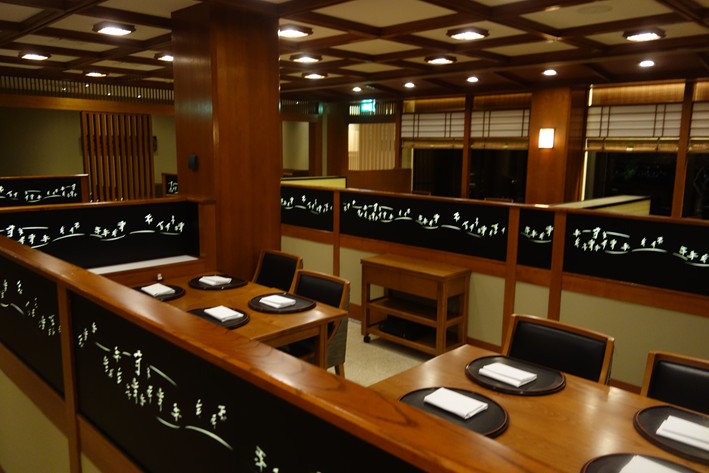 dining room
dining room

-
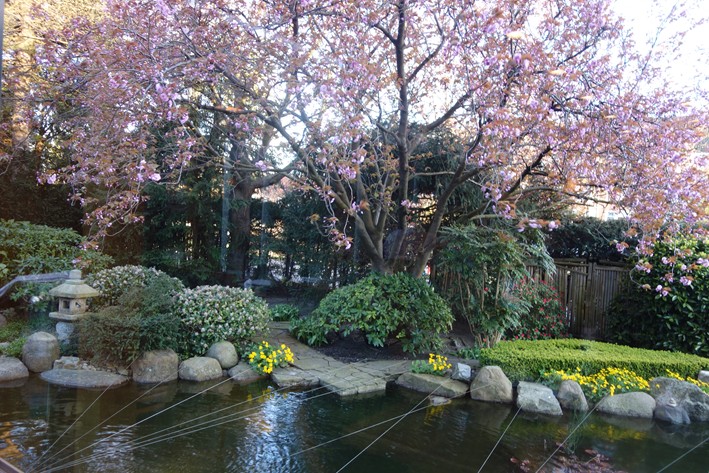 garden
garden

-
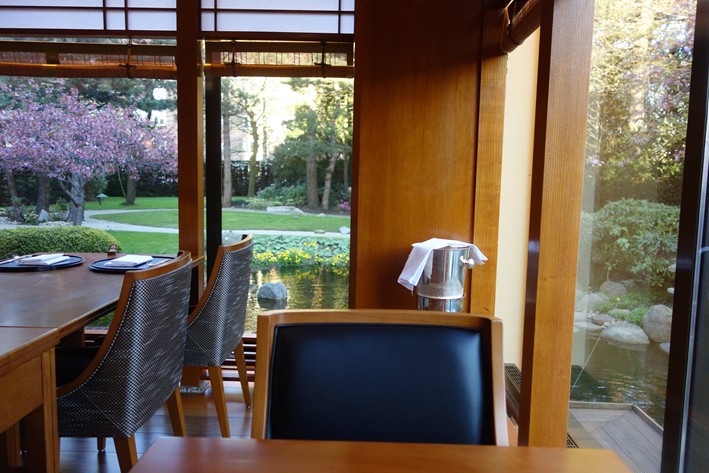 seating
seating

-
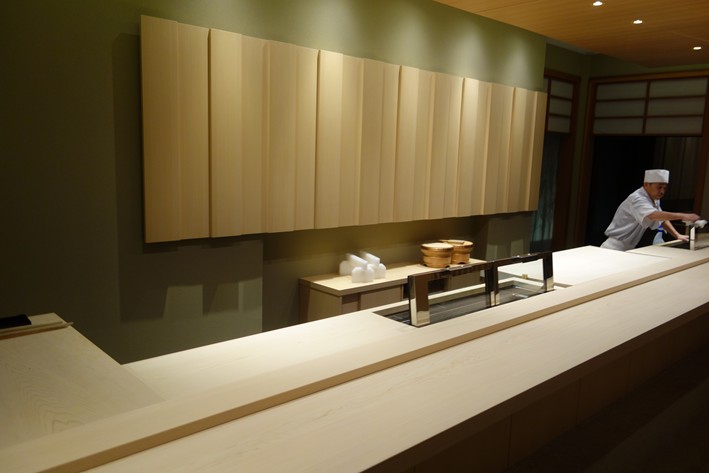 sushi counter
sushi counter

-
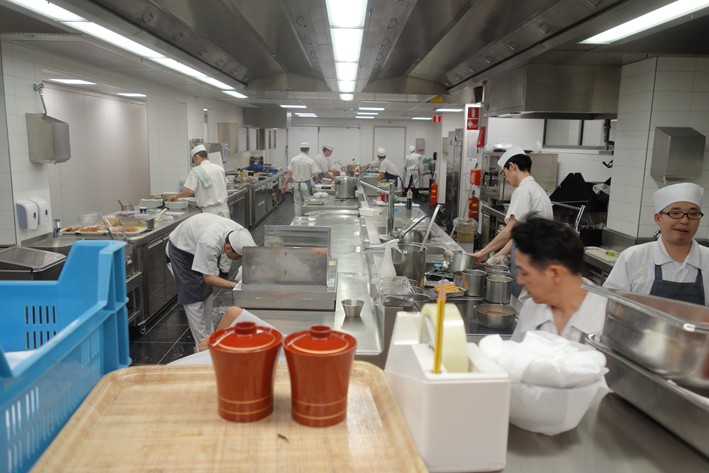 kitchen
kitchen

-
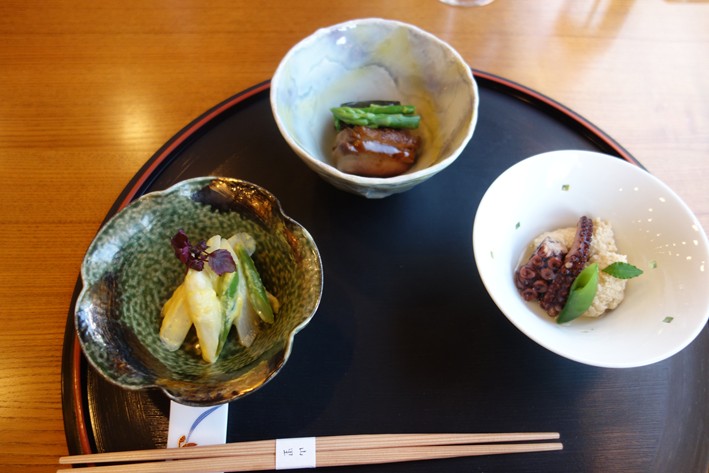 nibbles
nibbles

-
 asparagus
asparagus

-
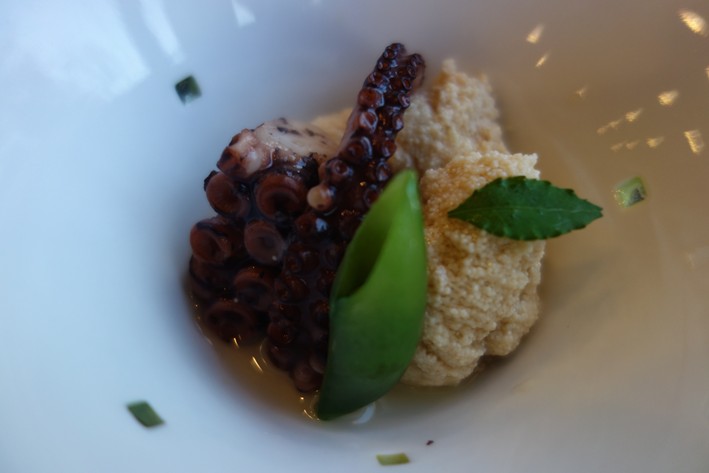 octopus
octopus

-
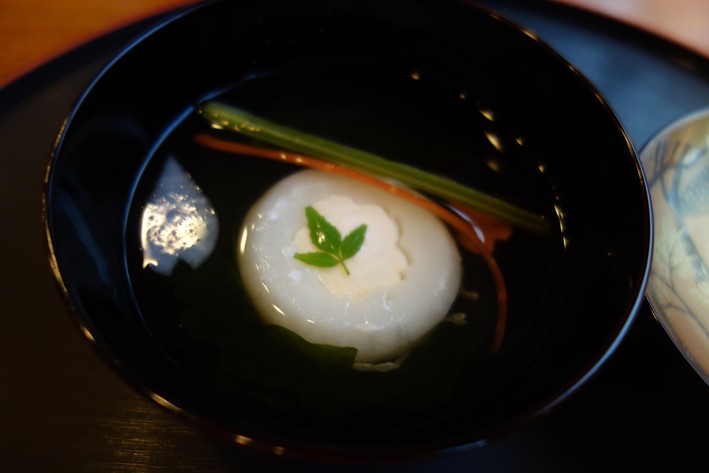 turnip and shrimp soup
turnip and shrimp soup

-
 sashimi
sashimi

-
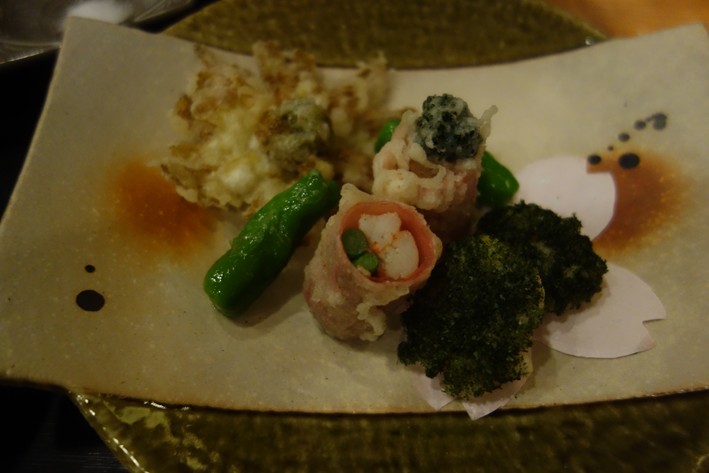 tempura
tempura

-
 sea bream and lotus root
sea bream and lotus root

-
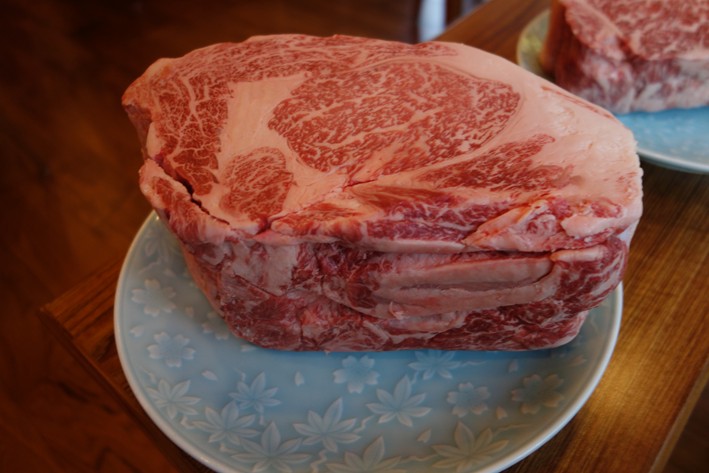 a4 grade kagoshima beef
a4 grade kagoshima beef

-
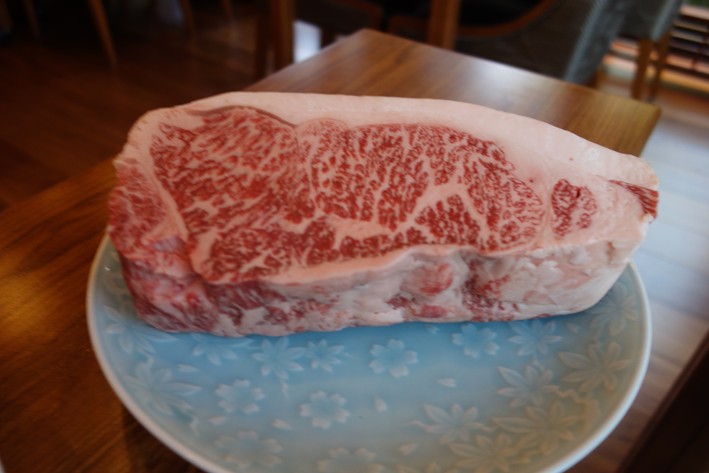 a5 kagoshima beef
a5 kagoshima beef

-
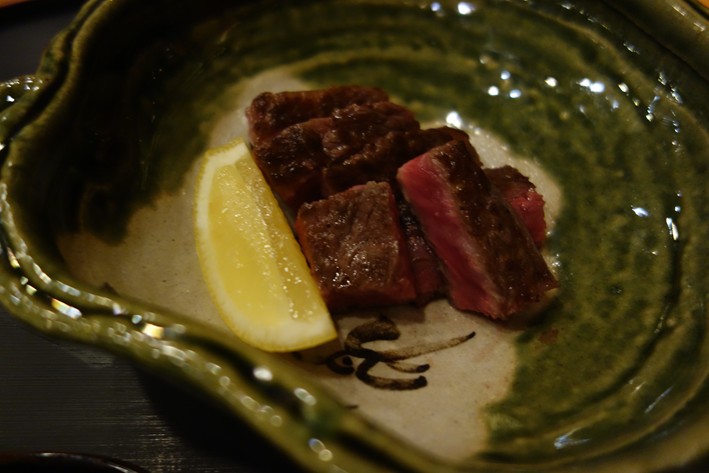 beef grilled
beef grilled

-
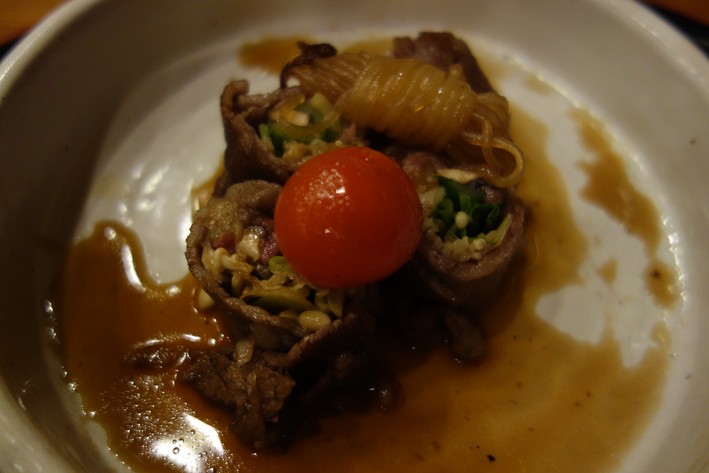 beef in noodles
beef in noodles

-
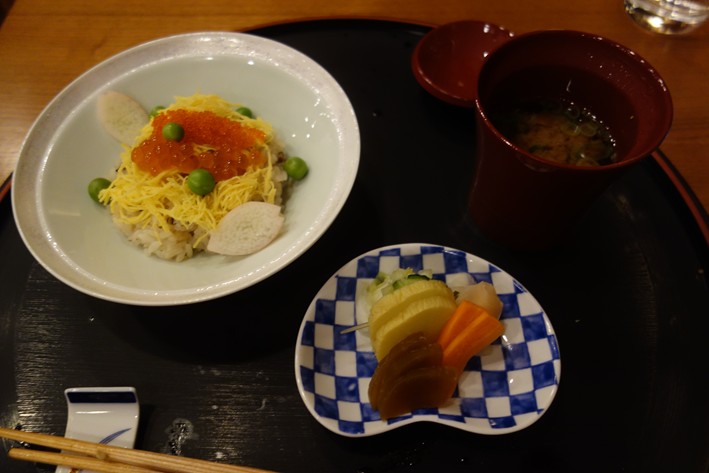 rice and pickles
rice and pickles

-
 dessert
dessert

-
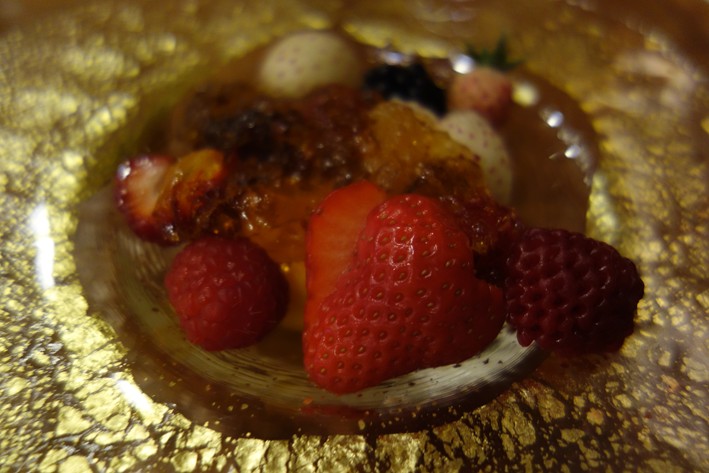 fruit
fruit

-
 head chef
head chef

Japanese cuisine
 Average Price £95
Price I paid £
Value for money
££££££
Overall rating 16/20
Michelin star
Average Price £95
Price I paid £
Value for money
££££££
Overall rating 16/20
Michelin star

The type of cuisine served at this restaurant
Typical price for three courses and modest wine
What I actually paid on this particular visit
Calculated from overall rating/average price: £££££ is best, £ least good
Score for the food from 1 to 20, with 20 being world class
Currently has at least one Michelin star
Add a comment
User comments
×
![]()





















Nick van der Linden
Dear Sir; As you liked the restaurant i can highly recommend the sushi bar. I try and do that every time i am in Amsterdam as it is really an experience and the fish is always super fresh. Really worth the trip!